Launching an EC2 Instance running Linux
Launching an EC2 Instance running Linux¶
- We'll be launching our first [[virtual server]] using the [[AWS Console]]
- We'll get a first high level approach to the various parameters
- We'll learn on how to start / stop / terminate our instances
In order to do this, we go to the [[AWS console]] and launch EC2. Make sure that you are in the region you want to set everything up in.
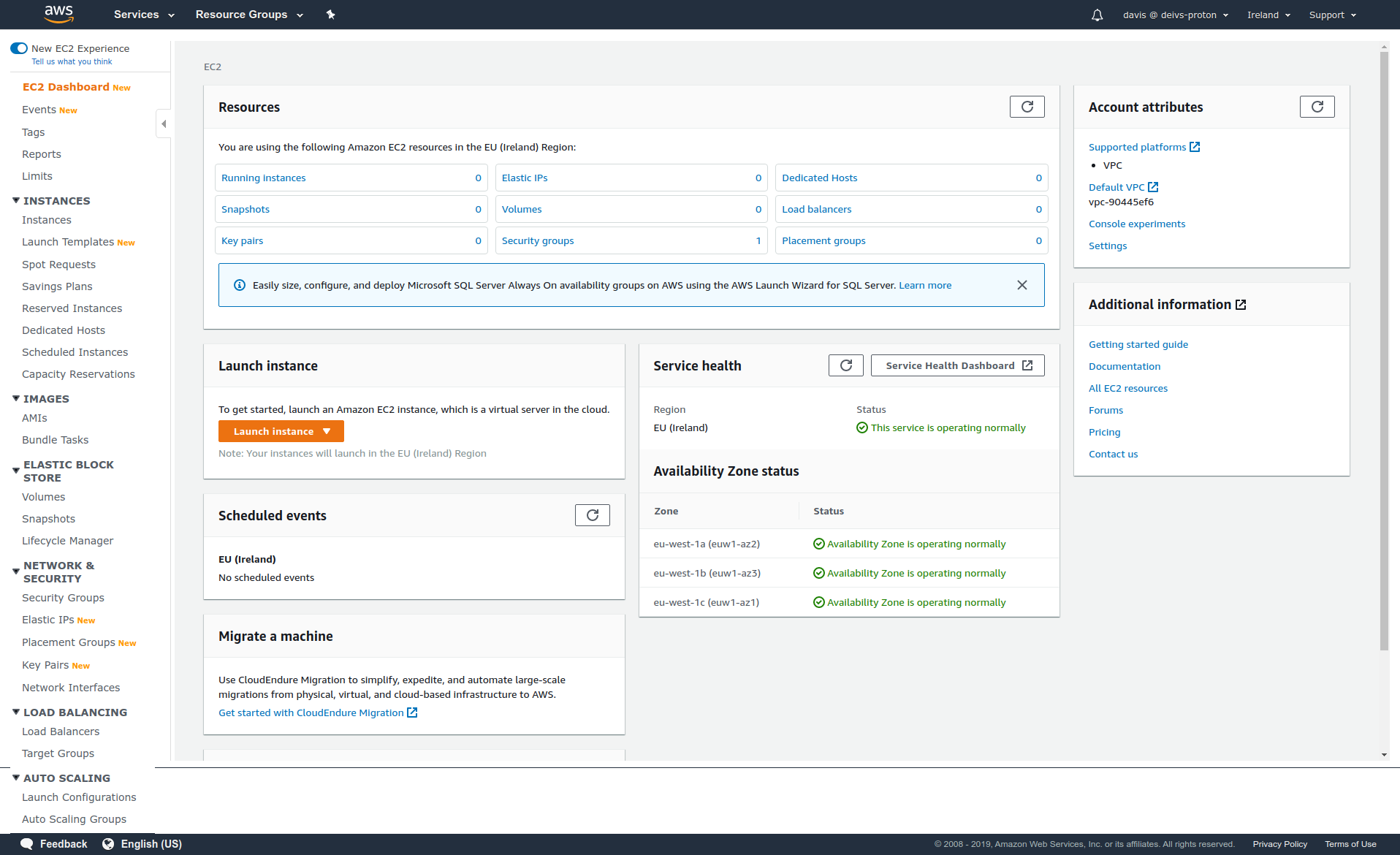
The first thing we want to do is to launch an instance.
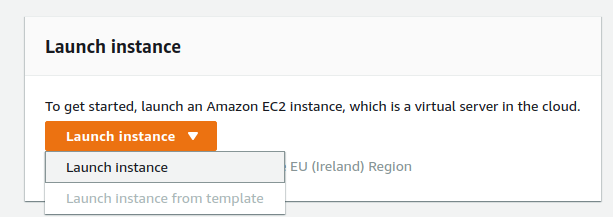
We will given a list of [[distributions]] available, but it would be recommended to use the Amazon Linux 2 since it is optimized for use with AWS and it has free tier available.
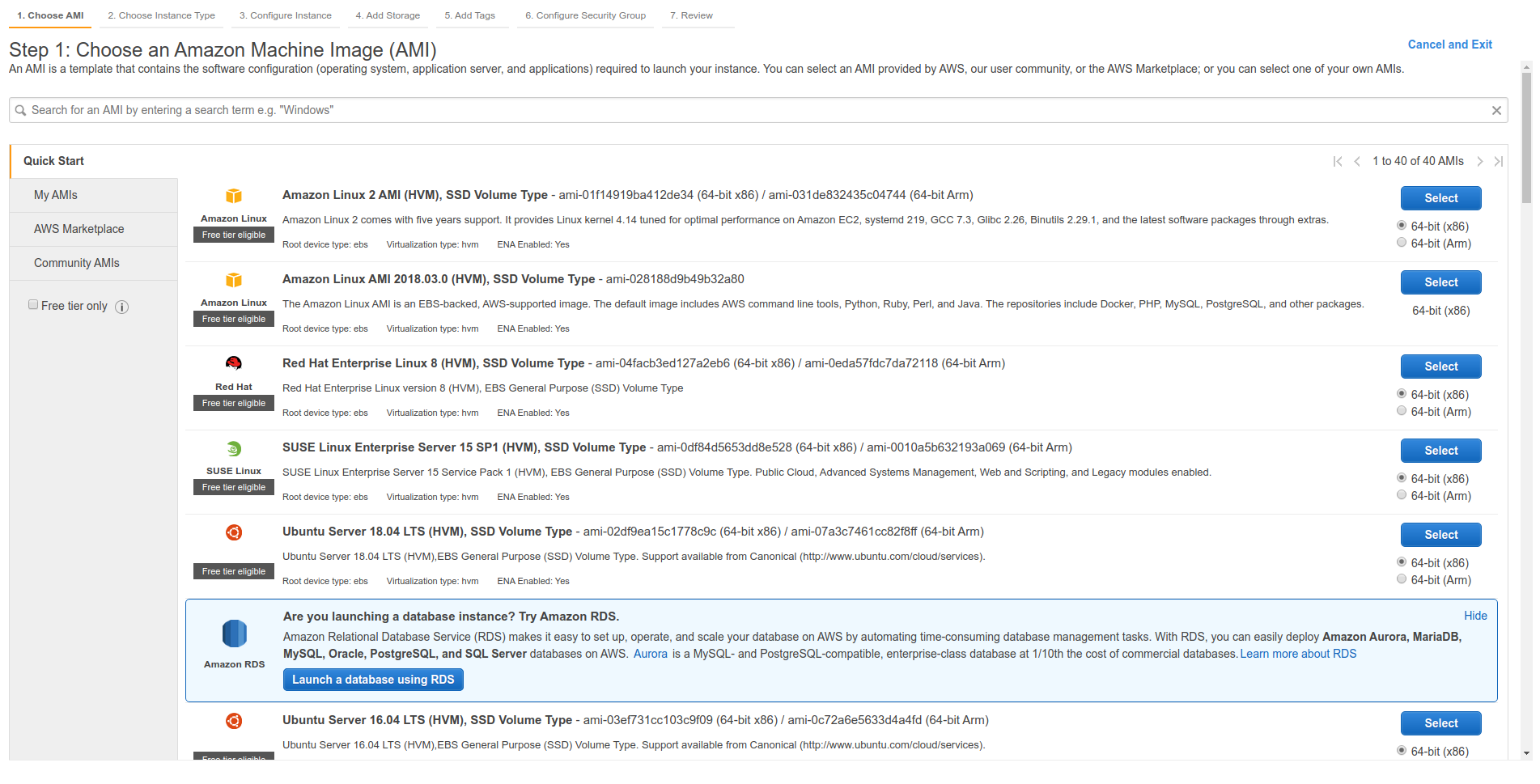
Then we can choose an instance type, which basically describes on how much [[vCPU]]s, [[RAM]], [[storage]] we need.
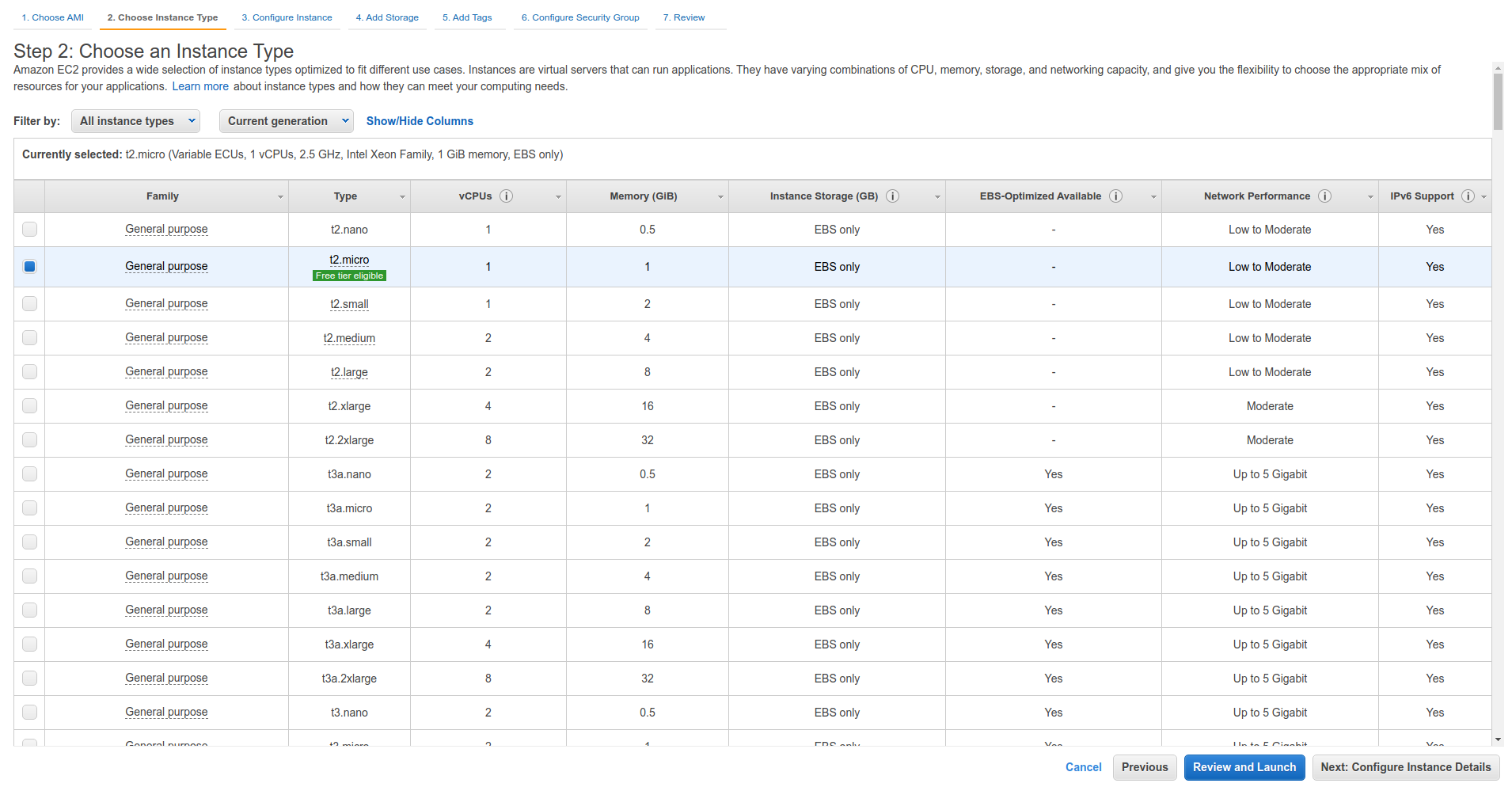
We'll choose the t2.micro since it is free tier eligible and click on the Next: Configure Instance Details.
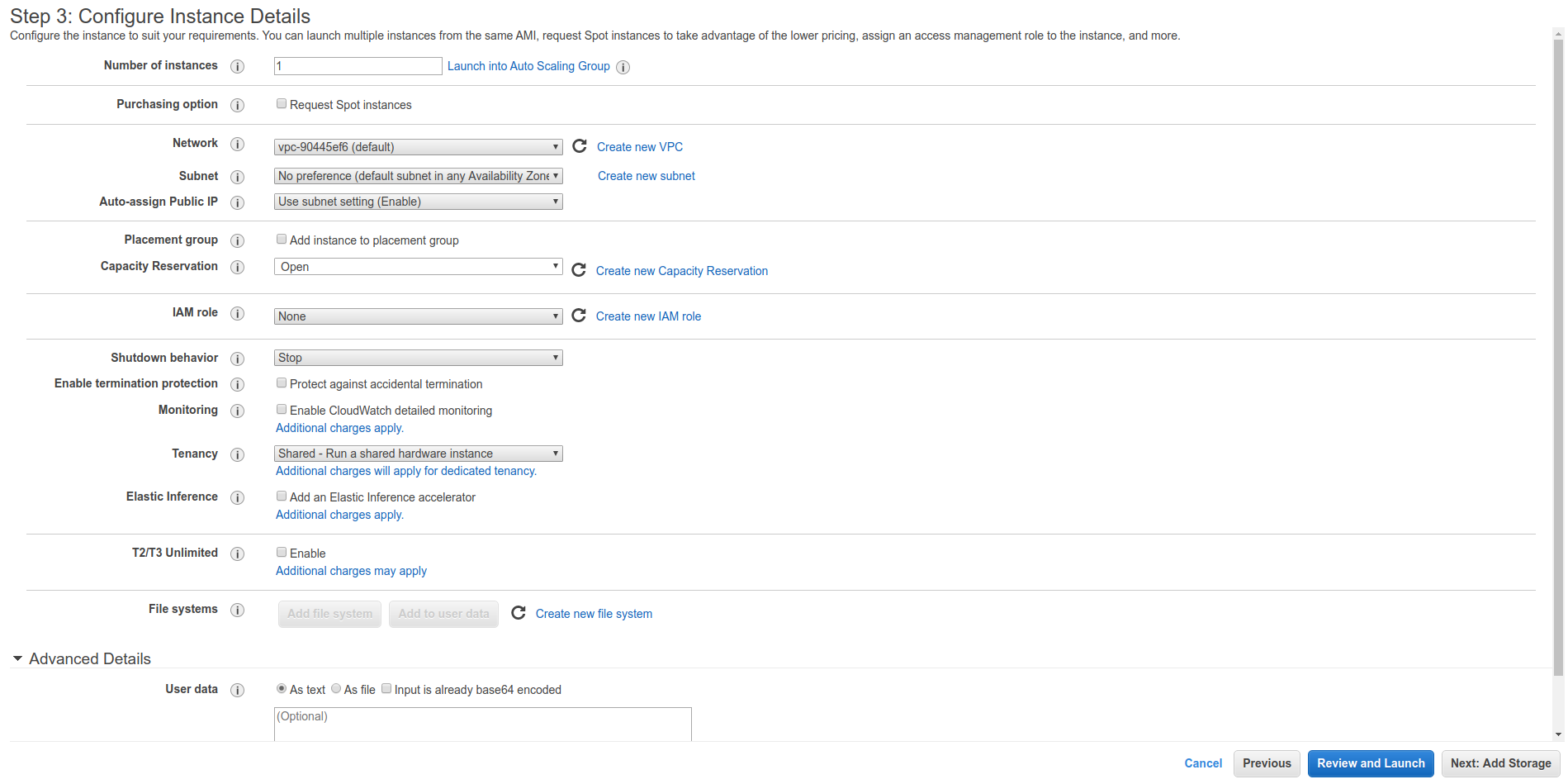
Here will be various parameters that we can set up - instance count, [[networking]], [[IAM Role]]s etc.
When clicking on next, we will be asked about the storage.

The next section is for tags, which are key-value pairs to classify instances.

The name tag is quite important because it will show in the UI.
The next step is Security Groups, it is basically a firewall around our instance.

Now we can review the instance creation task
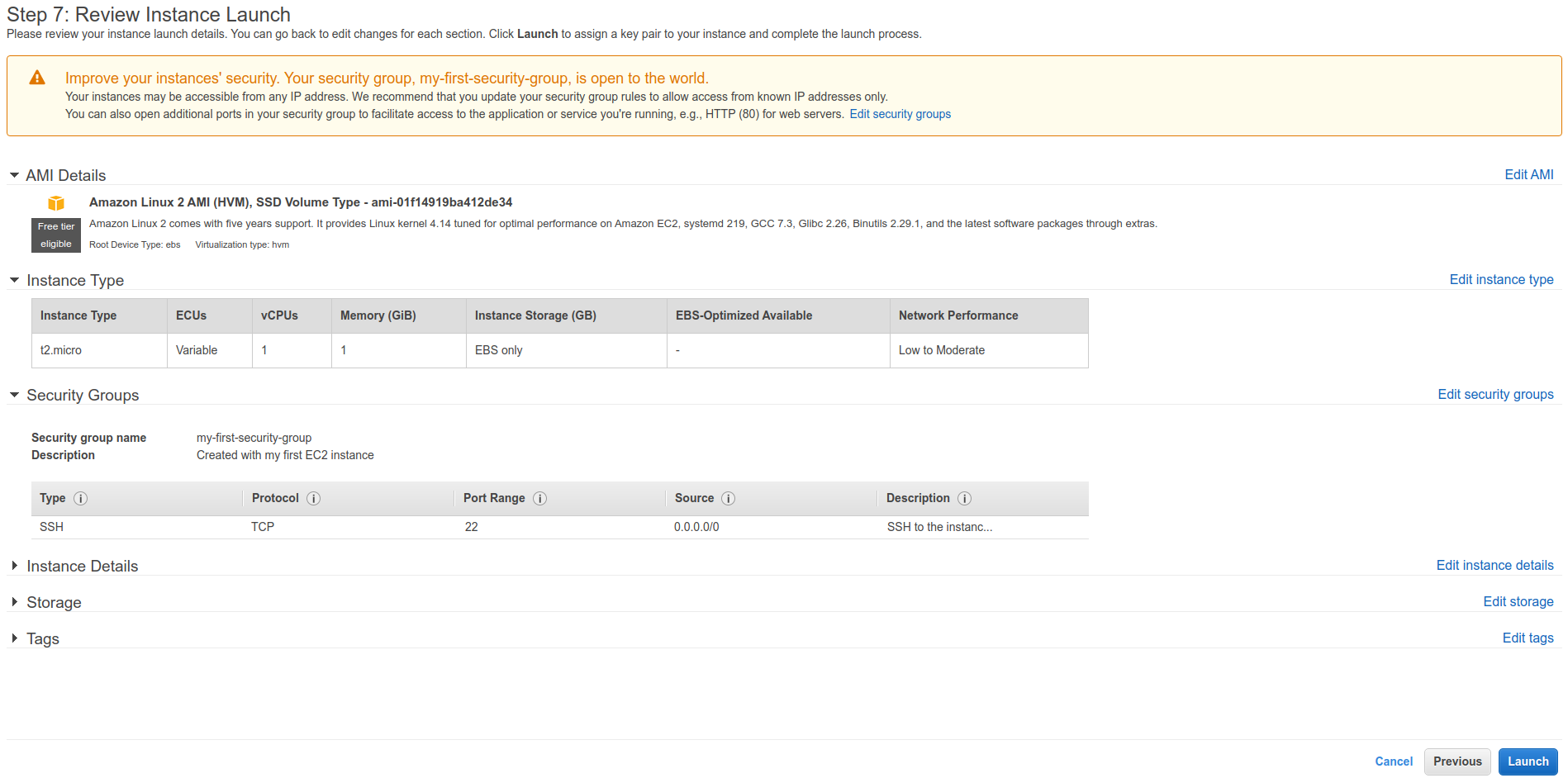
The last step, when we click on launch, is to create a key pair which is used to log into the instance.
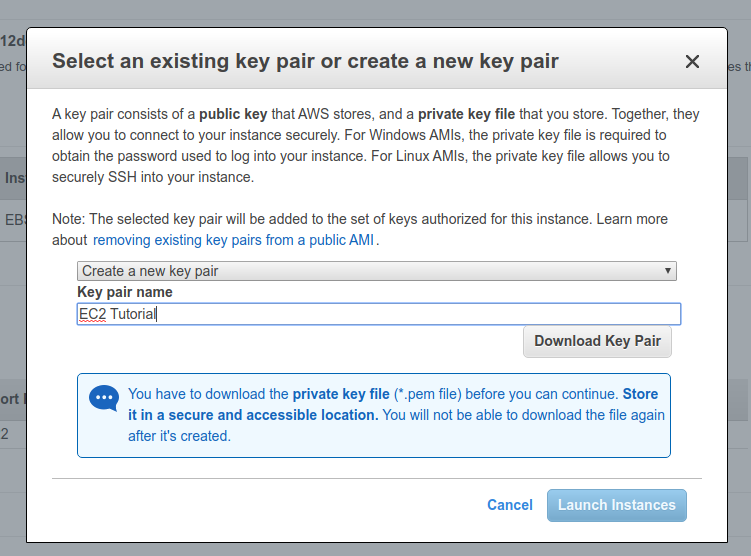
Click on Download Key Pair and Launch Instances.
Then we should see the instance.
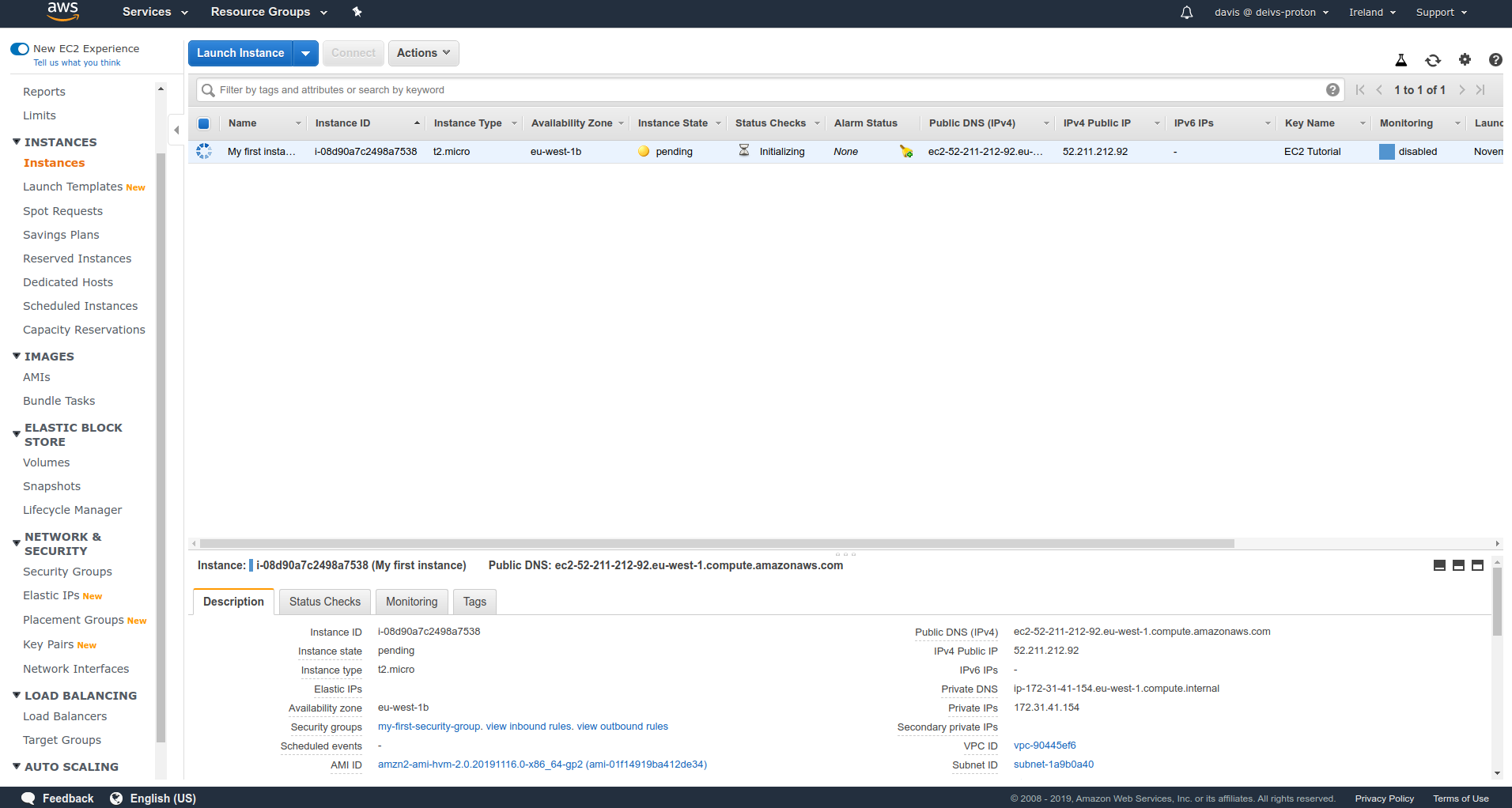
Once it's created, it will show a state of Running. You can stop or terminate it by right clicking onto it.
